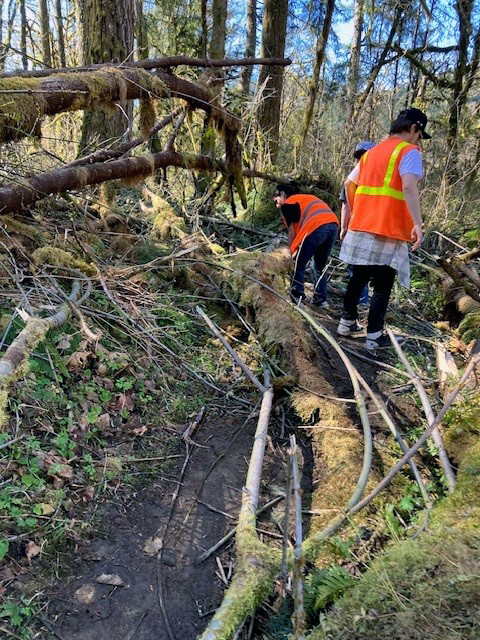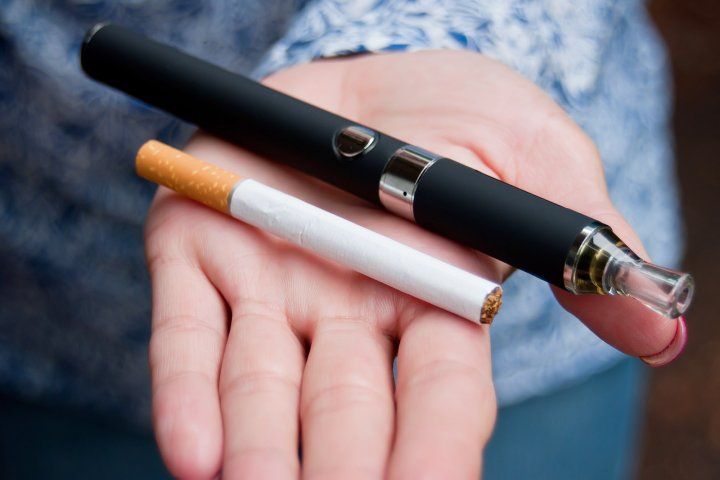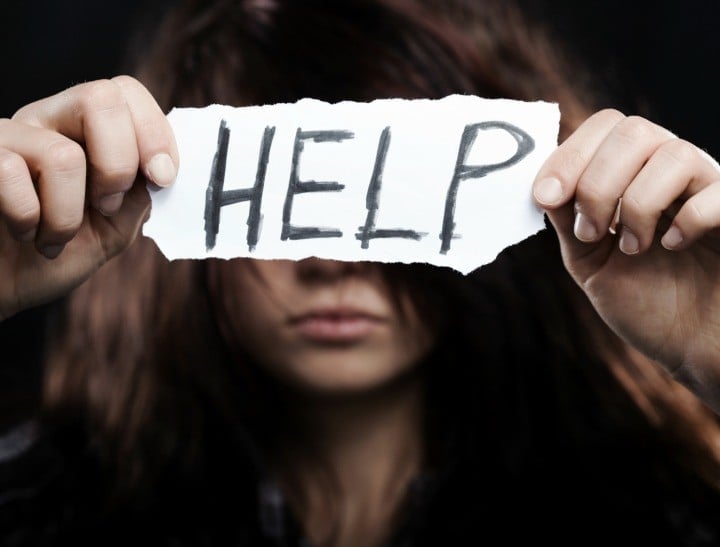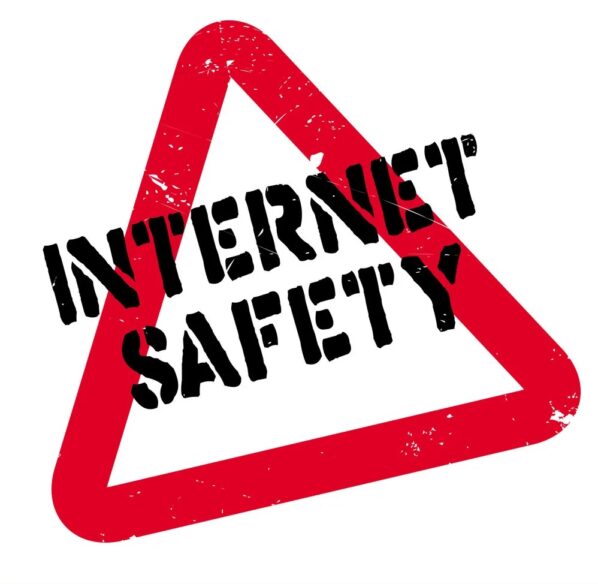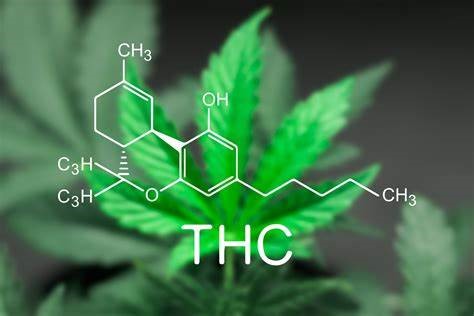Firewood Program helps Benton County juvenile crew build skills & give back to community
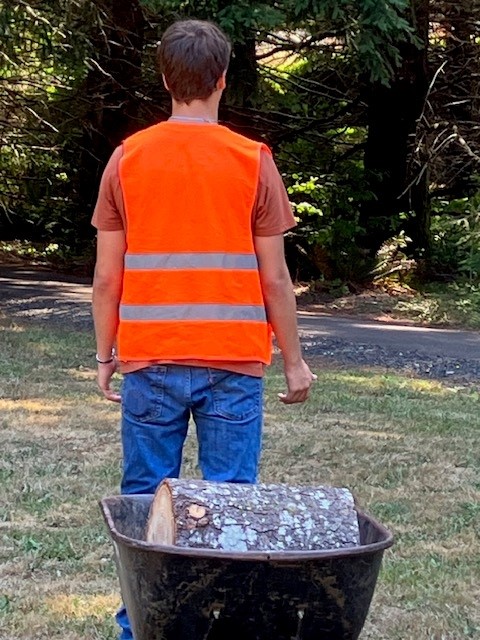
On any given weekend, a small crew of Benton County youth can be found cutting, splitting and stacking firewood, clearing debris from parks, or tackling hands-on projects that benefit the broader community.
They are part of the Benton County Juvenile Department’s Work Crew program, a court-ordered service option that combines accountability, job skills and community service. Youth are assigned to the work crew by a court counselor or the courts as a requirement of probation or a formal accountability agreement.
The program typically runs about six hours a day, with crews of up to six youth supervised by a work crew coordinator. Before starting any task, youth receive instruction on safety, proper tool use and expectations on the jobsite.
“The work crew is a great opportunity for youth to grow individually and as a team,” said Dan Rogers, Benton County’s work crew coordinator. “They learn how to work together and accomplish a big job. They gain confidence, learn safety fundamentals and develop a mindset of service to the community.”
The work crew program is grounded in restorative justice, an approach that holds youth accountable for their actions while giving them the opportunity to repair harm and give back to the community.
Youth on the crew are expected to show up prepared, follow safety rules and work respectfully alongside others. They are responsible for scheduling their work hours, communicating if they are sick or have an emergency, and maintaining a positive attitude on the job. In return, participants gain practical experience that can translate to future employment, including teamwork, customer service, time management and worksite safety.
“The program is beneficial to both the youth and the community,” Rogers said. “The community receives hundreds of hours of service each year, and the youth build skills and a sense of purpose.”
One of the work crew’s most visible efforts is the Benton County Juvenile Work Crew Firewood Program, which provides free firewood to community members who rely on wood for heat or cooking and may not have the means to collect it themselves.
Across Benton County’s parks and natural areas, trees damaged by storms, insects, historic logging or age can become fall hazards and increase wildfire risk. Through coordination with Benton County’s Natural Areas, Parks and Events Department as well as the Public Works Roads team, work crew members remove approved downed or felled wood from designated areas.
Jesse Ott, Natural Areas, Parks and Events Director for Benton County, said the program plays an important role in keeping parks safe while supporting long-term stewardship.
“Historic logging and ongoing storm damage, insects and other environmental factors leave hazardous Douglas fir, Oregon white oak and other trees across many of our park locations,” Ott said. “The Firewood Program helps us address current and future safety concerns while keeping our parks accessible and safe for the public.”
The youth then cut, split and stack the wood to season it before delivering firewood to residents in need.
“This work directly benefits Benton County parks,” Ott said. “Removing hazardous trees reduces risk to visitors and staff, improves overall forest health, and turns a necessary maintenance task into something that also supports people in our community.”
Rogers recently expanded the program by establishing a new rural partnership with the Gleaners in Alsea, allowing firewood to be processed and stored closer to rural communities. The goal is to operate both urban and rural sites, reducing transportation barriers and improving delivery outcomes for residents across the County.
While Benton County offers self-cut through Benton County Natural Areas & Parks Firewood Permitting for the public to cut and collect firewood in designated areas for a $15 daily fee, not everyone has access to a vehicle, tools or the ability to do the labor themselves. The Work Crew Firewood Program fills that gap, ensuring firewood reaches those who need it most.
“This is a program where everyone benefits,” Rogers said. “Youth are learning and growing, community members receive essential support, and County land is safer and better maintained.”
Learn more
Residents interested in firewood assistance or the County’s firewood programs can contact:
Community Services Consortium
1121 NW 9th St., Corvallis
541-752-1010
Monday–Friday, 8 a.m.–5 p.m.
(No walk-ins after 4 p.m. or on Wednesdays)
Questions about the work crew or youth firewood program may also be directed to:
Dan Rogers, Work Crew Coordinator
Phone: 541-760-6737
Email: Dan.Rogers@bentoncountyor.gov
